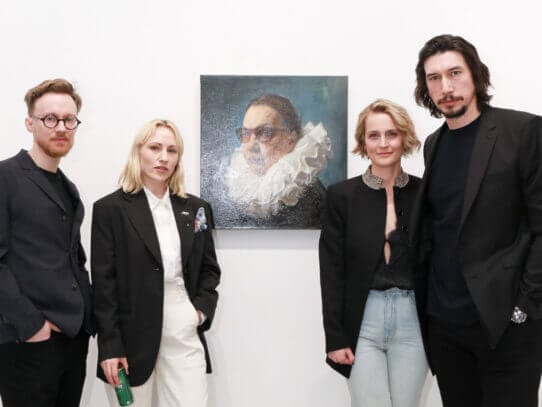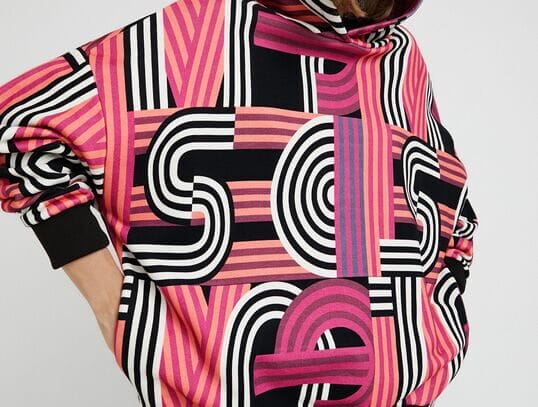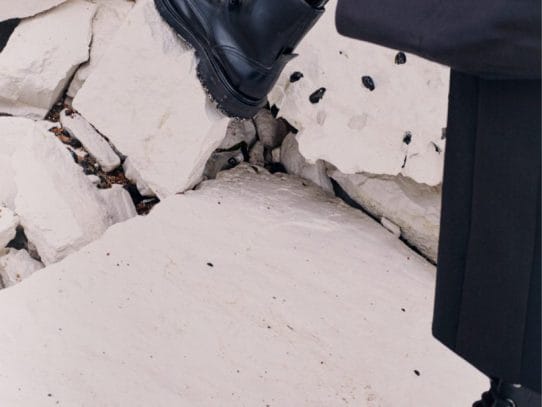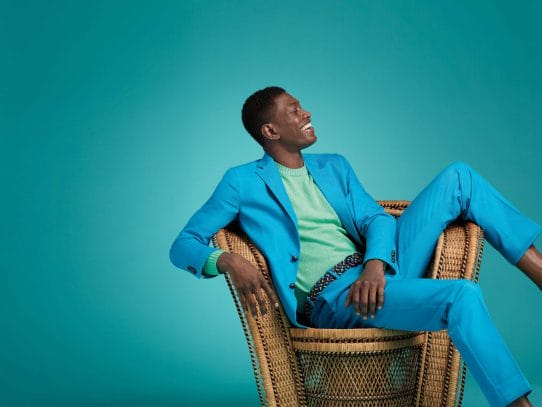Fashion in poker is more than style—it's a psychological tool. From tailored suits to personalized accessories, players use attire to shape their image, gain an edge, and influence opponents. Discover the power of poker fashion.
Poker fashion has changed over the years. The early 2000s saw a wave of players in hoodies, sunglasses, and sports jerseys. By 2010, many high-profile professionals shifted to more polished looks. Players like Daniel Negreanu and Marcel Luske started wearing suits at final tables.
Televised events played a role in this transition. Players saw the value of a refined personal image as poker gained more mainstream attention. The growing prominence of sponsorships also led to more thought-out wardrobe choices. Logos became a staple on shirts, hats, and jackets.
The Power of First Impressions in Poker Fashion
A player’s choice of clothing can dictate how opponents perceive them at the table. A sharply dressed competitor in a tailored suit might command instant respect. On the other hand, a player wearing a hoodie and sunglasses may appear unpredictable. These calculated style choices can create psychological advantages before playing a single hand.
Players understand projecting a specific image can influence betting decisions in Texas Hold’em poker. Someone wearing a designer watch and formal attire might be considered more conservative. At the same time, a casual look could encourage opponents to challenge them more aggressively. The balance between fashion, comfort, and intimidation plays a pivotal role in a player’s overall table presence.
Accessories as Psychological Tools in Poker
Poker accessories serve both functional and psychological purposes. Sunglasses and hats help hide physical tells and give the wearer a more unreadable appearance. Some players wear scarves for similar reasons. This trend started in 2006 when Dario Minieri used them to stay warm while concealing facial reactions.
Jewelry plays a role as well. Bracelets, watches, and engraved rings add a layer of personal branding. Some players wear items with sentimental value. Personalized card protectors have also gained traction and are often conversation starters at the table. These accessories contribute to a player’s overall image, influencing how their opponents perceive them.
Beyond simple aesthetics, accessories can create distractions or add layers to a psychological game. A player known for tapping their ring against the felt before a big bluff might use that habit to mislead opponents over time.
Fashion’s Role in Poker Mind Games
Poker is a game of psychological warfare. Fashion plays into that dynamic. A sharply dressed opponent may project confidence and control. This influences how their tablemates approach them. Conversely, someone dressed in a low-key way might be underestimated.
Consistent outfits or accessories further strengthen a player’s image. A particular item worn during deep tournament runs may subconsciously alert other players of past successes. Some players dress in unconventional ways to create unpredictability. The goal is to make opponents struggle to get a read on them.
Historical and Modern Trends in Poker Fashion
Fashion in poker has followed trends that often align with popular culture. Cowboy hats, worn by legends like Doyle Brunson, were a staple in live poker’s early days. Sports jerseys became a trend in the mid-2000s among online players transitioning to live events. The growing popularity of mixed martial arts made fighting-themed t-shirts common from 2005 to 2010.
By the 2010s, suits became more prominent at final tables. Players wanted to present themselves as professionals. Players opting for more fitted and practical clothing shifted the focus to fitness and healthier living. With a more fitness-conscious generation of players emerging, activewear brands have also found their place in poker fashion, blending comfort with a sleek, modern aesthetic.
More recently, customized poker apparel has gained traction. Hoodies, caps, and t-shirts featuring personal logos or poker-related slogans have become common, allowing players to establish a distinct identity at the tables.
How Poker Players Balance Comfort and Style for Maximum Performance
Comfort remains a priority. Poker sessions can last for hours. Players need attire that allows them to stay focused. Hoodies remain popular since they provide warmth and the ability to conceal facial expressions partially.
Smart casual attire has become a common choice. Players want to maintain an authoritative presence without sacrificing ease of movement. Footwear is another key consideration. Long stretches at the table require supportive and comfortable options. Sneakers and loafers are frequently seen choices among poker professionals.
Climate control in poker rooms is another factor. Casinos can be notoriously cold, prompting players to layer their clothing strategically. This ensures comfort without limiting movement during extended sessions.
How Poker Players Use Fashion for Branding and Sponsorships
Sponsorship deals have influenced fashion choices at the table. Players wore shirts and hats in the late 2000s covered in sponsor logos. This trend has declined. However, some professionals still use fashion as a branding tool and partner with luxury or sportswear companies to promote their image.
Poker’s presence on televised broadcasts and streaming platforms has reinforced the importance of a well-crafted image. Players who stand out visually are more memorable. Gaining that extra edge in recognition can be valuable in a competitive field.
Several high-profile players have embraced social media to enhance their branding efforts. They showcase their unique fashion choices on Instagram, Twitter, and Twitch streams. This visibility not only increases their fan base but also attracts potential sponsorships from apparel brands seeking to tap into the poker market.
The Future of Poker Fashion
As poker continues to evolve, so does its approach to fashion. With the rise of esports and streaming, younger poker players are adopting more casual and streetwear-inspired looks. Athletic wear, high-end sneakers, and minimalist fashion choices are becoming more prevalent. Meanwhile, traditional styles—such as suits at televised final tables—remain a hallmark of prestige and professionalism.
Technology may also play a role in poker fashion. Smart glasses, digital wearables, and even biometric clothing that can monitor stress levels could emerge as part of the next wave of innovation in poker attire.
Conclusion
Fashion in Texas Hold’em is more than just personal style—it’s a strategic tool for mind games, branding, and psychological dominance. Players carefully craft their table presence using clothing and accessories to establish authority, hide tells, and leave a lasting impression. As televised poker and online streaming continue to shape the game, fashion will remain a crucial factor in how players build their image, gain an edge over opponents, and cement their legacy in the poker w
Save Article










